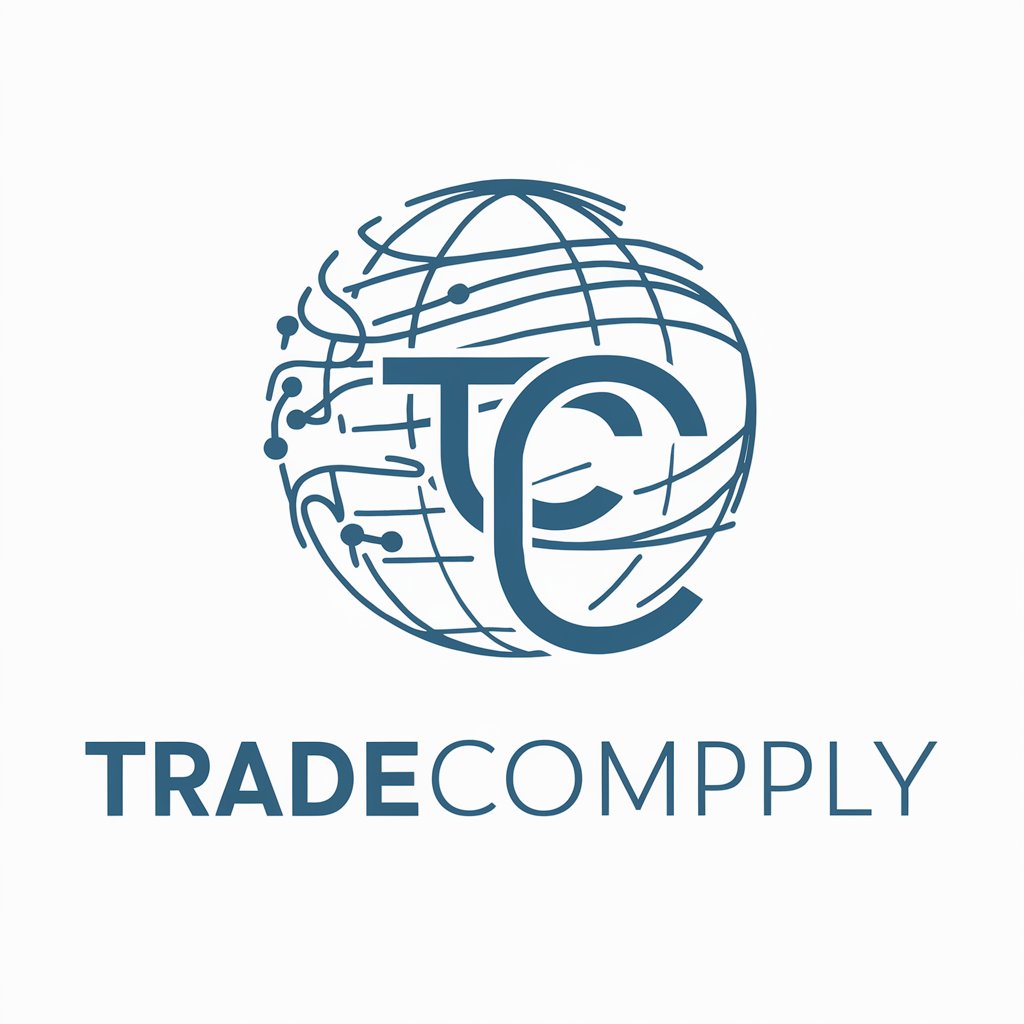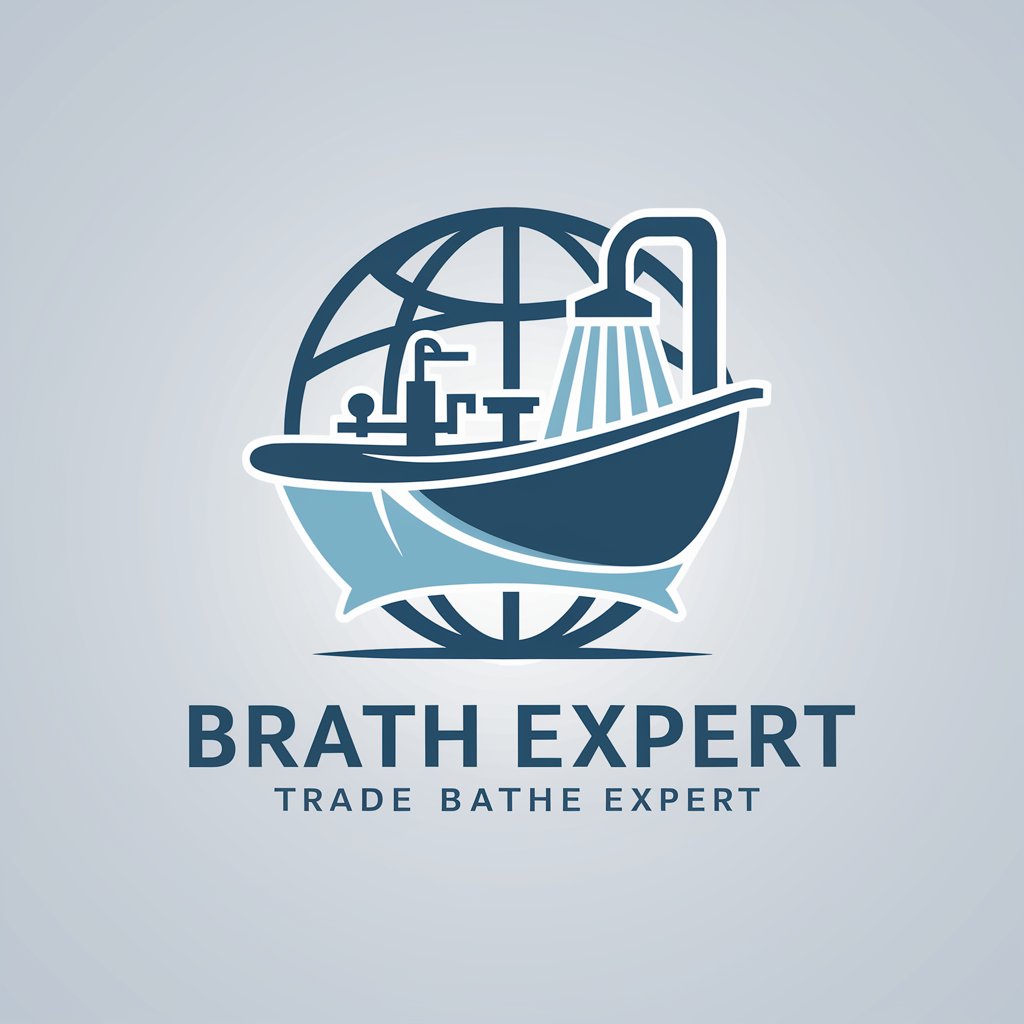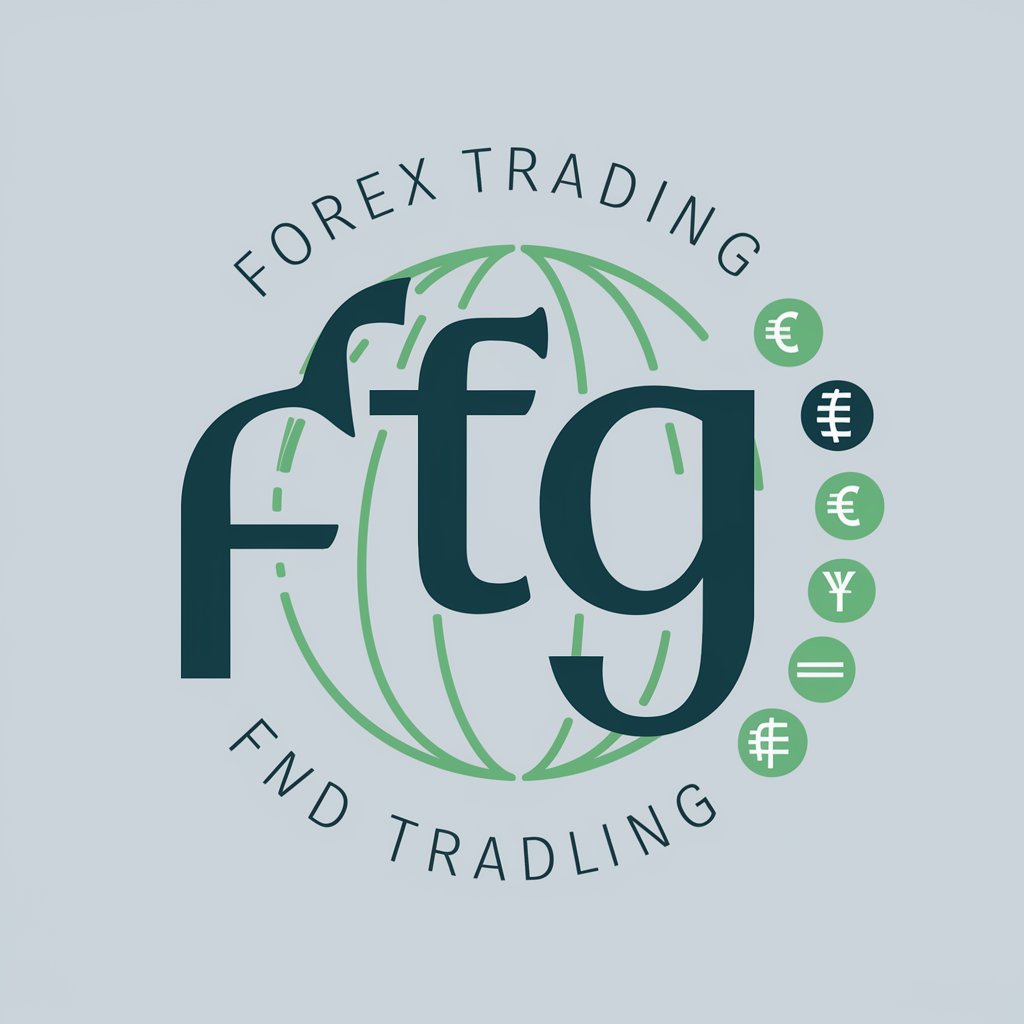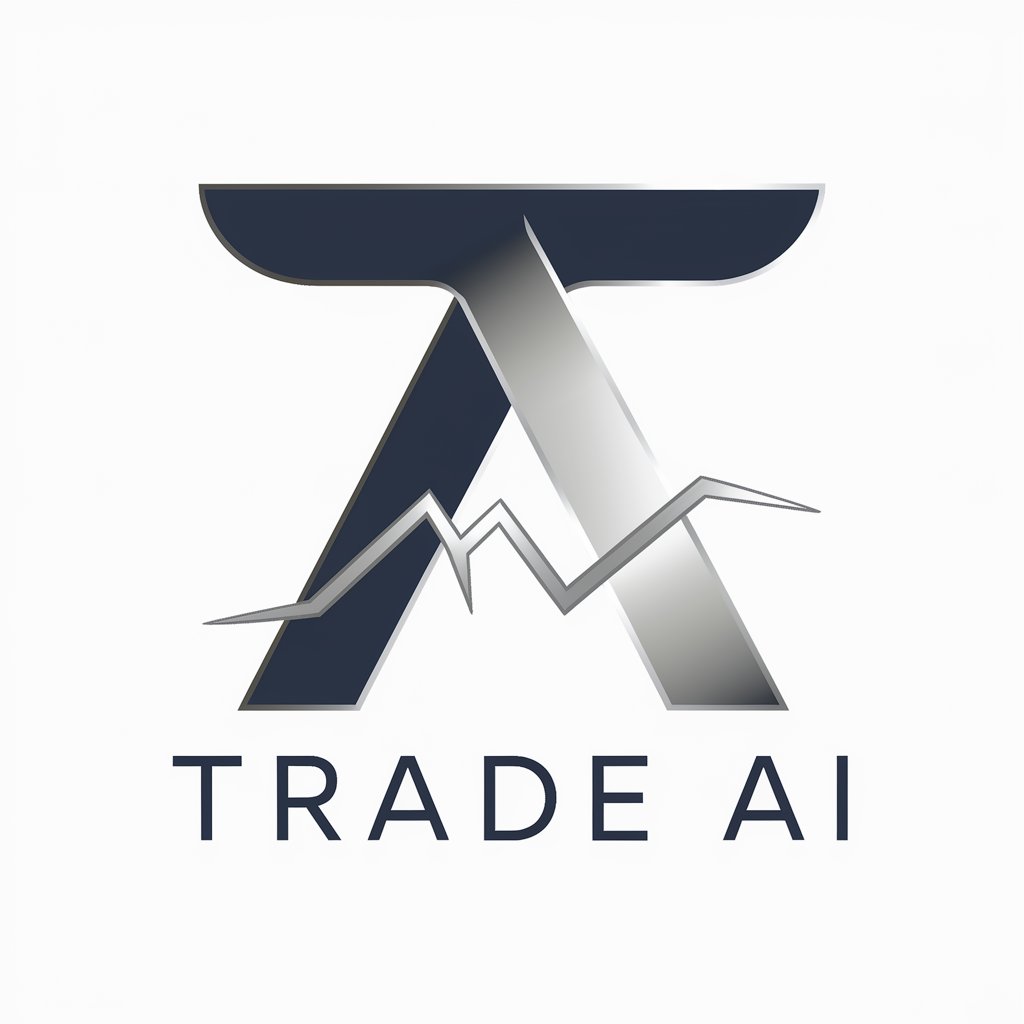
Trade - Trade Insights and Analysis
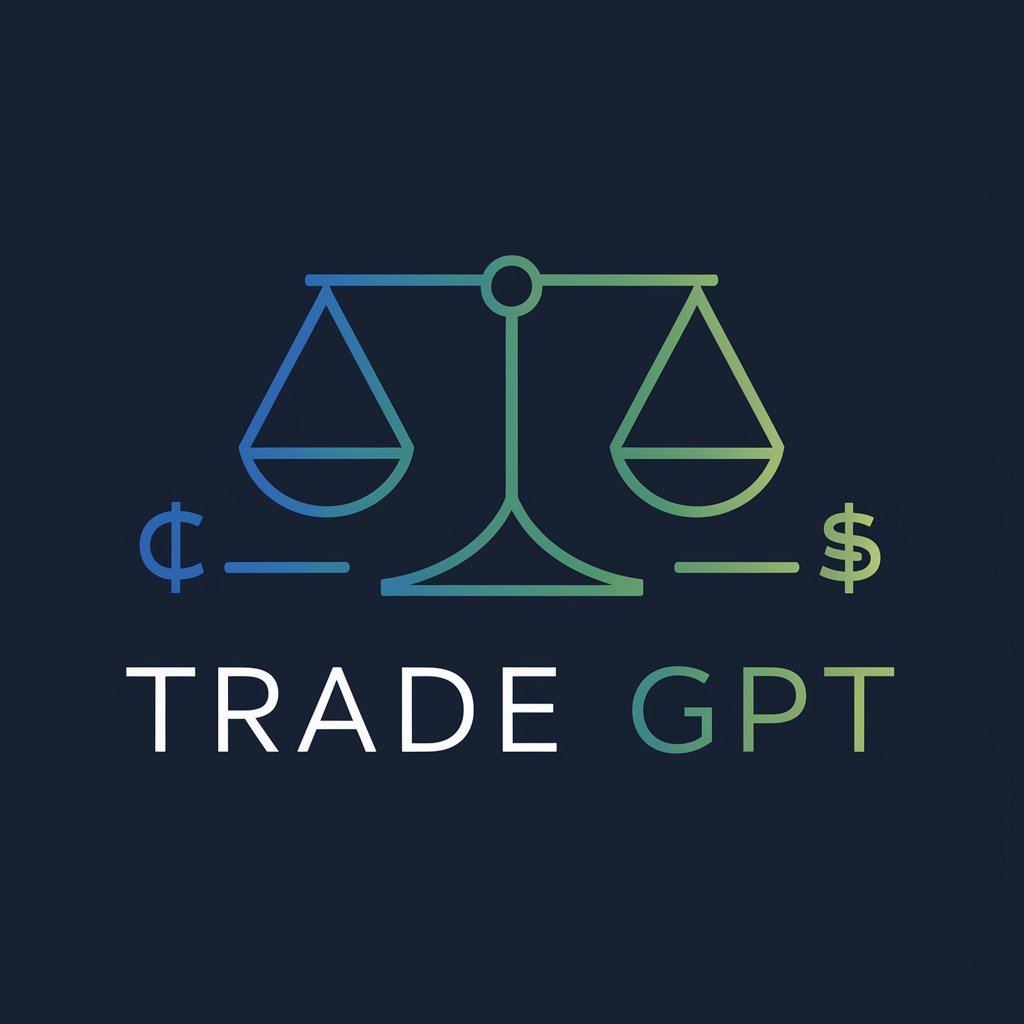
Welcome! Let's explore the world of trade and economics together.
Empowering Trade Decisions with AI
Explain the importance of trade in a modern economy.
Describe different trade models and their significance.
How does barter work in contrast to monetary trade?
Identify and evaluate potential trades in a given scenario.
Get Embed Code
Introduction to Trade
Trade, in the context of this GPT's design and purpose, refers to the exchange of goods, services, or both between parties, which can be individuals, organizations, or countries. The primary aim of trade is to benefit from the exchange, leveraging differences in cost, resource availability, and expertise. Trade can be domestic (within the same country) or international (between countries), encompassing a wide range of economic activities. For example, a country with abundant natural resources but limited technology might trade its resources for high-tech goods from another country. Similarly, an individual skilled in web design might offer their services in exchange for legal consultation. These scenarios illustrate the basic principle of trade: capitalizing on comparative advantages to fulfill needs or desires that cannot be efficiently met independently. Powered by ChatGPT-4o。

Main Functions of Trade
Facilitation of Exchange
Example
Bartering goods in a local market.
Scenario
Individuals in a community exchange homegrown produce for handmade crafts, demonstrating trade without the need for currency.
Economic Integration
Example
Formation of trade blocs like the European Union (EU).
Scenario
Countries within the EU remove trade barriers among members, increasing economic ties and efficiency, while fostering growth and stability.
Optimization of Resource Allocation
Example
International trade of oil for technology.
Scenario
Oil-rich countries trade with tech-heavy nations, ensuring both access to necessary resources and markets, optimizing global resource distribution.
Enhancement of Consumer Choice
Example
Importation of exotic fruits and electronics.
Scenario
Countries import goods that are not locally available, broadening consumer options and access to diverse products.
Promotion of Economic Growth
Example
Export-led growth strategy.
Scenario
A country focuses on increasing its exports to drive economic growth, utilizing trade as a lever to enhance national income and employment.
Ideal Users of Trade Services
Economic Students and Researchers
This group benefits from understanding complex trade theories, models, and real-world applications, enhancing their academic and professional pursuits in economics.
Business Executives and Entrepreneurs
Individuals in business can leverage insights into trade practices and market trends to make informed decisions, explore new markets, and optimize operations.
Policy Makers and Government Officials
This group uses trade knowledge to formulate policies that foster economic growth, negotiate trade agreements, and manage international relations effectively.
General Public with Interest in Economics
Individuals seeking to understand how trade impacts daily life, the economy, and global relations can gain valuable insights, making them more informed consumers and citizens.

How to Use Trade
Start with YesChat.ai
Begin by accessing YesChat.ai for an initial, complimentary experience that requires no sign-up or ChatGPT Plus subscription.
Identify Your Needs
Determine your specific interests or questions related to trade, economics, or barter to focus your inquiries effectively.
Engage with Trade
Use the provided text box to input your questions or scenarios about trade practices, theories, or evaluations.
Analyze the Responses
Review the detailed, economic-focused answers to gain insights and understand the principles of trade better.
Apply the Insights
Utilize the acquired knowledge in practical scenarios, whether for academic purposes, personal interest, or professional application.
Try other advanced and practical GPTs
Casino Winning Tricks & Tips
Master the Odds with AI-powered Casino Insights

Amour Cybernétique
Empathetic AI for Personal Growth

Word Count Storysmith
Craft Your Story with AI Precision

SEOver2.0
Empowering SEO with AI-driven Precision

GPTeeShirts.com
Design Your Dream T-shirt with AI

Personal Coach
AI-powered guidance for life's big decisions.

Santeria Sage
Unlocking the Mysteries of Santeria

Air Fryer Genius
Elevate Your Cooking with AI-Powered Air Fryer Genius

Resume/CV Assistant
Elevate Your Professional Profile with AI

ClickMojo Kochkurs-Bot
Empowering Chefs with AI-Driven Guidance

Sherlock GPT Finder
Unlock AI potential with every search

GptOracle | El Maestro de las Redes y TI
Empowering Network Excellence with AI

Detailed Q&A About Trade
What is the basic principle of trade?
The basic principle of trade revolves around the exchange of goods or services between parties, aiming to benefit from comparative advantages, increase efficiency, and satisfy mutual needs or wants. This principle underscores the importance of specialization and the gains from trade that arise when parties engage in transactions that leverage their strengths or resources.
How do trade models explain global commerce?
Trade models, such as the Ricardian and Heckscher-Ohlin models, explain global commerce by highlighting the roles of comparative advantage and factor endowments. The Ricardian model emphasizes productivity and technological differences, while the Heckscher-Ohlin model focuses on countries' relative abundances of factors of production. These models help understand why countries trade, what they trade, and the potential benefits and distributional effects of trade.
What is barter, and how does it differ from monetary trade?
Barter is the direct exchange of goods or services without using a medium of exchange like money. It predates monetary trade and requires a double coincidence of wants, meaning both parties must have what the other wants. Monetary trade, on the other hand, simplifies transactions by using money as a common denominator, making it easier to buy, sell, and value goods and services.
Can you provide an example of how trade affects economic growth?
Trade affects economic growth by allowing countries to specialize in the production of goods and services where they have a comparative advantage, leading to increased efficiency and productivity. For example, if a country specializes in manufacturing electronics and trades them for agricultural products it is less efficient at producing, both countries can achieve higher standards of living and economic growth through this specialization and trade.
How can individuals and businesses evaluate if a trade is in their best interest?
Individuals and businesses can evaluate if a trade is in their best interest by analyzing the costs and benefits of the exchange. This includes considering the opportunity cost of the trade, the potential for profit or utility gain, the comparative advantage of engaging in the trade, and the long-term impacts on their economic position. Conducting market research and economic analysis can also provide valuable insights into the viability and potential success of a trade.
